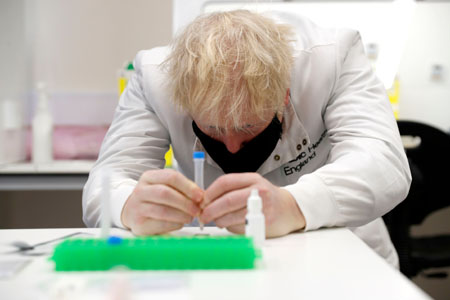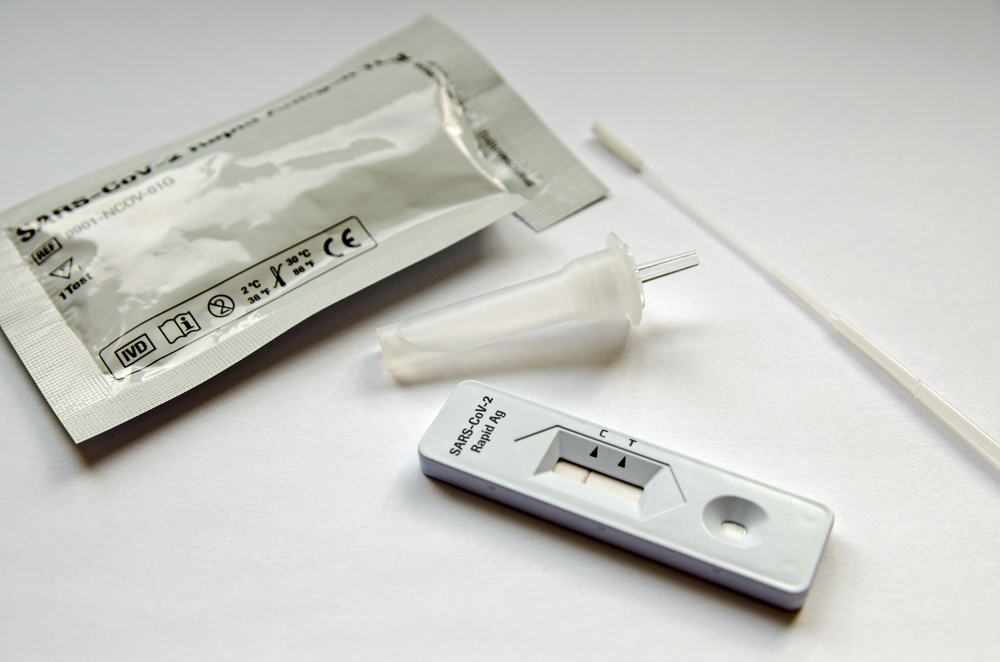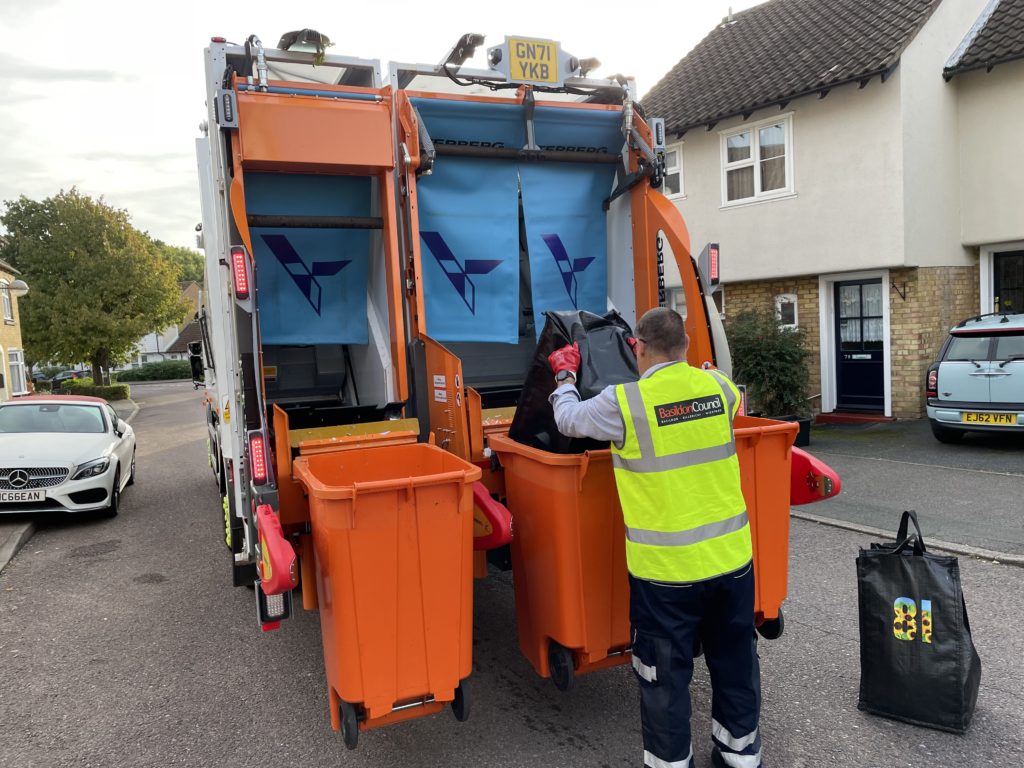The document is structured as a series of frequently asked questions (FAQs) and is intended for those who operate transfer stations. It aims to help operators understand how the Agency would deal with a request to accept used lateral flow device and personal protective equipment (PPE) waste generated by community Covid-19 mass-testing, which would otherwise be in breach of an environmental permit. It may also help those with waste management responsibilities at testing sites.
The document reads: “We have considered if there are circumstances in which the Environment Agency could confirm that we will not take enforcement action for the acceptance of specific un-permitted testing waste, provided that certain conditions are complied with.”
The Agency says it will consider requests on a “case-by-case” basis. “Where appropriate” it says it will issue a ‘Covid-19 Temporary Local Enforcement Position’ (C-LEP) setting out the conditions upon which it would not normally take enforcement action.
Ultimately, the Agency says, the objectives of any collection and transfer method should be to ensure that the PPE and lateral flow device testing wastes are safely collected, transported and stored in a way that maintains the integrity of the waste packaging and can be presented at incinerators as discrete loads.
Lateral flow tests
Mass population and community testing is being used to help reduce the spread of Covid-19, the Agency says, which has generated large quantities of non-hazardous waste. Incineration with energy recovery is the “best environmental option” for this waste, the Agency says.

The Agency issued a regulatory position statement (RPS) outlining when operators of permitted municipal waste incinerators could accept this type of Covid-19 waste in November 2020 (see letsrecycle.com story).
Lateral flow tests are used to try and identify a higher proportion of asymptomatic people with Covid-19. Lateral flow devices do not require a laboratory to process the test and so produce results quickly.
The Department of Health and Social Care (DHSC) has extended the offer of government-funded lateral flow testing to the waste sector in England in January (see letsrecycle.com story).
FAQs
The document answers questions for those who want to request a C-LEP to accept PPE and lateral flow device waste from testing sites to facilitate its disposal.
It states, for example, that PPE and lateral flow device test kit waste does not need to be stored for 72 hours before it is collected.
Refuse collection vehicles can be used to collect testing site PPE and lateral flow device test kit waste so long as there is no loss of integrity to the packaging during collection and transport.
Testing site PPE and lateral flow device test kit wastes can be co-collected if they are being taken directly to a municipal waste incinerator or to a transfer facility, subject to a C-LEP.
PPE and lateral flow device test kit waste can be taken to a transfer station if the operator is authorised to accept them by the permit or a C-LEP has been agreed.
PPE waste (18 01 04) and lateral flow device test kit wastes (18 01 04/18 01 07) are offensive healthcare wastes and should be handled in accordance with appropriate measures for permitted facilities.
Under appropriate measures guidance, offensive waste can be stored for up to seven days if outside or 14 days if stored in a building.
Useful links
The document was circulated via the CIWM and can be downloaded as a PDF here.










Subscribe for free